The 10 Coolest Flash Storage And SSD Technologies Of 2019 (So Far)
CRN looks at 10 new all-flash arrays and SSDs from leading storage vendors including Violin Systems and IBM.
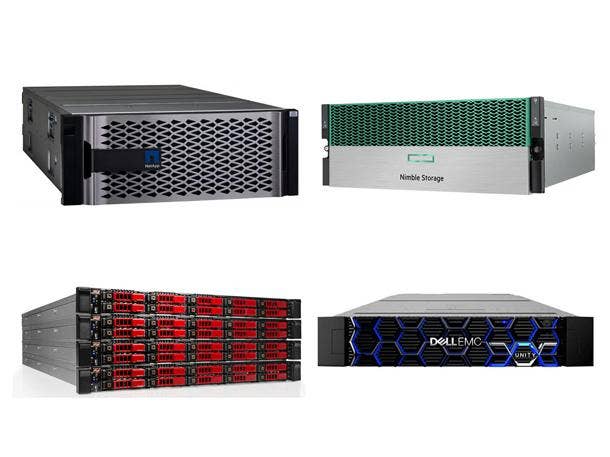
Flash, Particularly NVMe, Set To Take Over The Data Center
While the storage market as a whole looks like it may be starting to shrink, the all-flash portion of that industry is showing no signs of slowing down at all. Indeed, research firm IDC, in its recent report on the first-quarter 2019 storage sales, found the all-flash array market in the quarter worth just under $2.5 billion, which was up 17.5 percent over the first quarter of 2018.
Leading with way in terms of technology so far this year is NVMe, the new high-performance connectivity technology that is getting adopted into most new all-flash storage arrays. This is a trend likely to continue for all of 2019 and into the foreseeable future. The first half of 2019 also saw the introduction of new high-capacity SSDs and even high-capacity mobile phone storage, both of which pave the way for further adoption of flash storage.
CRN has been watching the developments carefully. Take a look at some of the coolest of those developments so far in 2019.
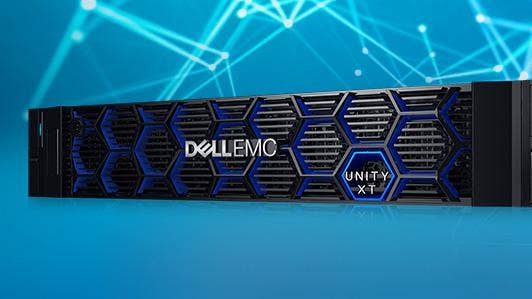
Dell EMC Unity XT
The Dell EMC Unity XT, unveiled in April at the Dell Technologies World conference, features a combination of software enhancements and the latest generation of Intel processors to double the performance of the previous generation. The new all-flash arrays are NVMe-ready, meaning that customers some time in the next 12 months or so will be able to do a nondisruptive software upgrade to take advantage of the high-performance NVMe protocol.
The four models in the Dell EMC Unity XT all-flash storage family feature maximum raw capacities of 2.4 petabytes to 16.0 petabytes,, and offer unified block and file storage and multi-cloud capabilities.
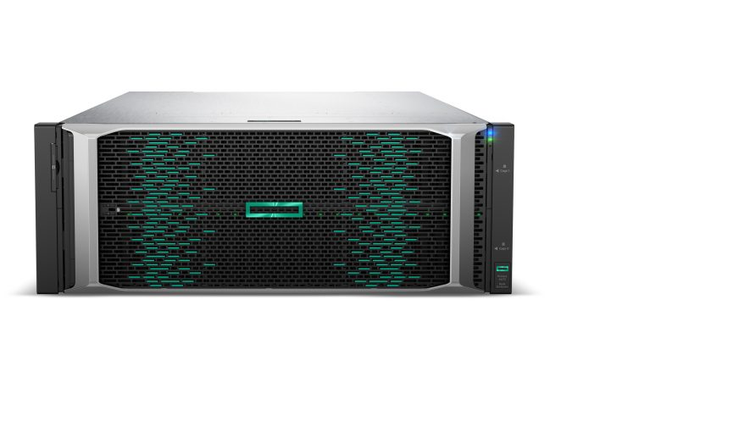
HPE Primera
Hewlett Packard Enterprise in June unveiled a new storage platform, the HPE Primera, which the company said combines the InfoSight-based artificial intelligence technology from its Nimble family of arrays with the reliability of its 3Par array family. The HPE Primera, which can be configured with a combination of SAS-based and NVMe-based flash storage, will also take advantage of storage-class memory such as Intel's Optane technology as that technology becomes more available.
HPE Primera combines agility and resiliency for mission-critical applications with a system that can manage itself and be able to predict and prevent issues beyond the wall of storage, thanks to its InfoSight-based architecture. That architecture allows Primera to see beyond the storage layer to apply analytics to optimize performance and find issues before they happen. It also offers an all-active architecture along with a modularized, services-centric operating system that lets customers develop, deploy, upgrade and restart the data services separately.
Inside the HPE Primera system are four nodes, each with two Intel Xeon processors. Each node has its own power supply with its own backup battery. The maximum memory that can be initially purchased is 2 TB.
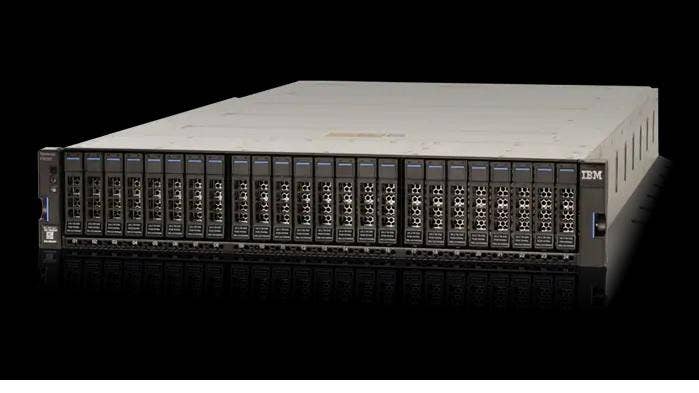
IBM Storwize 5000 Family
IBM in April expanded its Storwize storage system line with new versions of its Storwize 5000 family that bring high-performance NVMe storage to a wider range of customers.
At the top of the Storwize V5000 family is the V5100/F, which includes IBM's NVMe-powered FlashCore storage technology, with scalability to up to 1,520 flash drives. It also comes bundled at no charge with IBM Spectrum Virtualize software to virtualize any of 450-plus different non-IBM arrays to give them full storage management capabilities including snapshots, encryption and storage virtualization.
IBM's FlashCore flash storage modules are proprietary modules featuring both flash storage capacity and hardware-accelerated I/O. The latest FlashCore modules are FIPS 140-2 certified for security requirements.
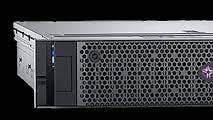
Lightbits Labs' SuperSSD
Lightbits Labs in April introduced SuperSSD, calling it the industry’s first scalable, Ethernet-attached SSD offering targeting the storage performance, capacity and reliability requirements for artificial intelligence and machine-learning training systems. SuperSSD was purpose-built for fast and massive parallel access to data. The technology virtualizes and manages a large pool of NVMe SSDs with a global flash translation layer (GFTL) for efficient storage utilization and wire-speed access to very large data sets across existing network and compute infrastructures.
SuperSSD scales from 64 TB to 1 petabyte of usable capacity that can be shared across multiple compute nodes. Its dual 100-Gbit Ethernet connectivity supports up to 5 million 4K input/output IOPs and a latency consistency of less than 200 microseconds with end-to-end NVMe.
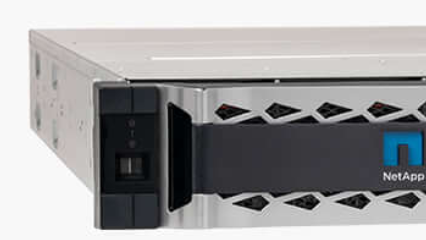
NetApp AFF A320
NetApp in May introduced the latest in its all-flash storage systems, the AFF A320. The company called it the first midrange storage array to offer end-to-end NVMe performance.
The A320 is a 2U array with 100-Gbit Ethernet ports and support for NVMe SSDs. It is supported by a new expansion shelf also supporting NVMe that is connected via NVMe-over-RoCE, and scales to a maximum of 24 nodes with 576 SSDs for up to 35 petabytes of maximum capacity. It features latency as low as 100 microseconds, as well as the full range of NetApp storage services.
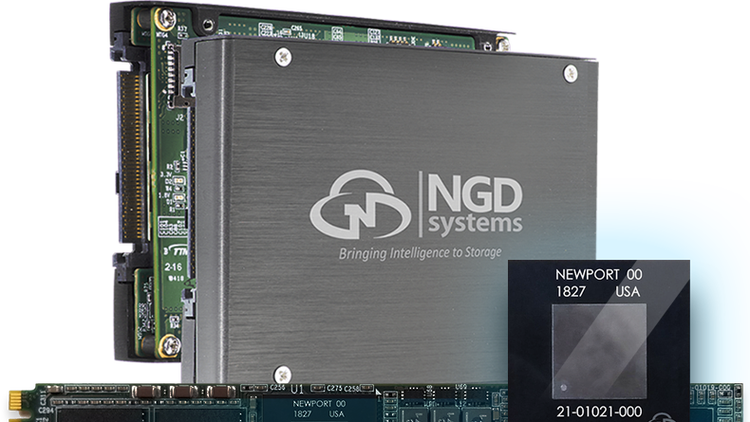
NGD Systems' Newport Platform
NGD Systems in March made its Newport Platform of computational storage devices available. The Newport Platform targets intelligent edge and hyper-scale environments by combining high-capacity NVMe SSDs with on-board multi-core ARM processors to eliminate the need to move data to main memory prior to processing. The company said that by processing the data in the storage device, the Newport Platform removes a major bottleneck in the collection of data.
The Newport Platform is an ASIC-based computational storage platform with up to 16 flash channels delivering NVMe 1.3 PCIe Gen 3.0 x4 storage performance. The first version is a U.2 form factor with a maximum of 16 TB raw capacity and a maximum active power requirement of 12 watts.
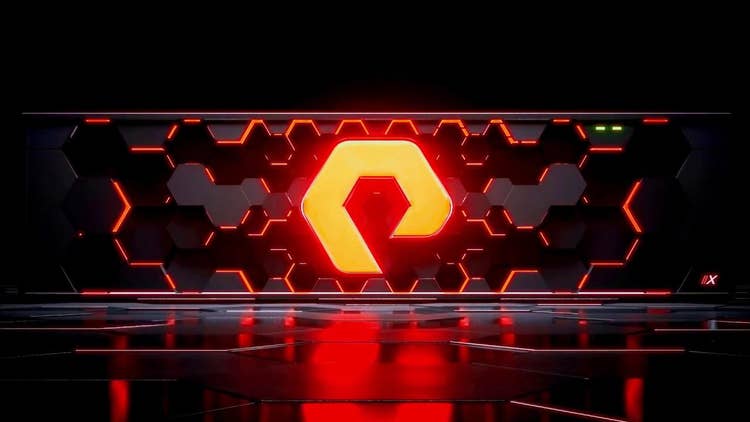
Pure Storage FlashArray//X With DirectFlash Fabric
All-flash storage technology developer Pure Storage in February significantly increased its FlashArray//X performance by replacing its iSCSI connectivity with its new DirectFlash Fabric technology. DirectFlash Fabric made Pure Storage the first to implement NVMe-oF RoCE, or NVMe over Fabric with RDMM over converged Ethernet, the company said.
Until DirectFlash Fabric, FlashArray//X arrays featured Pure Storage's DirectFlash software for high performance but said that iSCSI constrained performance in shared storage and cloud environments. DirectFlash Fabric replaces iSCSI with RDMA over converged Ethernet for up to a 50 percent reduction in latency over iSCSI, and a 20 percent performance gain over Fibre Channel, the company said. The performance improvement stems from RDMA, or remote direct memory access, which offloads many of the storage operations from the arrays' processors. A Purity storage operating system upgrade lets existing arrays be upgraded to NVMe-oF RoCE.
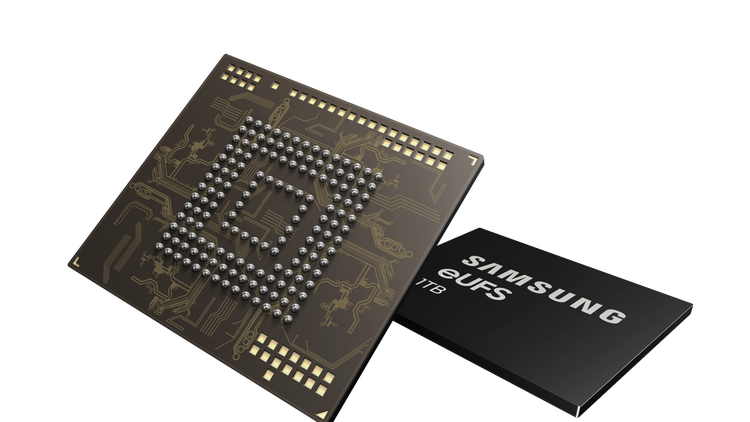
Samsung eUFS 2.1
Samsung Electronics early this year began mass production of what it called the industry’s first 1-TB embedded Universal Flash Storage (eUFS) 2.1 storage technology for next-generation mobile applications to give smartphones a storage capacity approaching that of mobile PCs without the need to purchase additional memory cards.
The 1-TB eUFS 2.1 combines 16 stacked layers of Samsung’s advanced 512-Gb V-NAND flash memory and a new proprietary controller in an 11.5mm x 13.0mm package. That is enough capacity to store 260 10-minute videos in 4K UHD format. The memory also provides for up to 1,000-MBps performance, along with random read speeds of up to 58,000 IOPs and random write speeds of 50,000 IOPs.
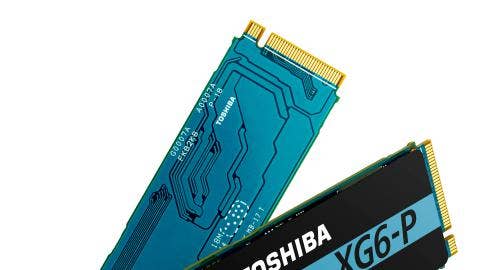
Toshiba XG6-P NVMe SSDs
Toshiba Memory in May unveiled its XG6-P series of NVMe M.2-based SSDs. The XG6 series offer up to 2,048 GB of capacity leveraging Toshiba Memory’s 96-layer BiCS Flash 3D TLC technology. The SSDs also feature PCIe Gen 3 x4 lane (rev. 3.1a) interface for performance of up to 3,180 MBps of sequential read and 2,920 MBps of sequential write, and up to 355,000 random read and 365,000 random write IOPS. Management features for client and data center customers include sanitize operations, telemetry data and namespace management, along with security features like self-encryption.
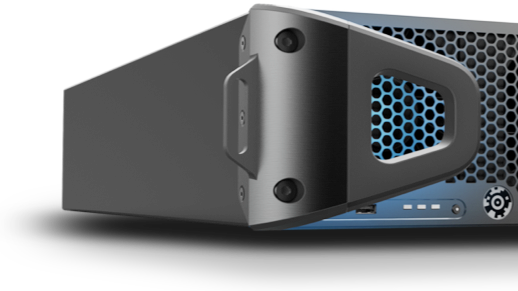
Violin Systems XVS 8
Violin Systems in April adopted the NVMe interface into its Extreme Performance Storage Platform as a way to double the capacity of Violin XVS 8. The NVMe version of the Violin XVS 8 features total usable capacity of up to 151 TB, with effective capacity as high as 907 TB with deduplication and compression, in a 3U form factor. The Violin XVS 8 is targeted at applications requiring high performance and reliability, including financial services, health care, government, education, transportation, and media and entertainment.